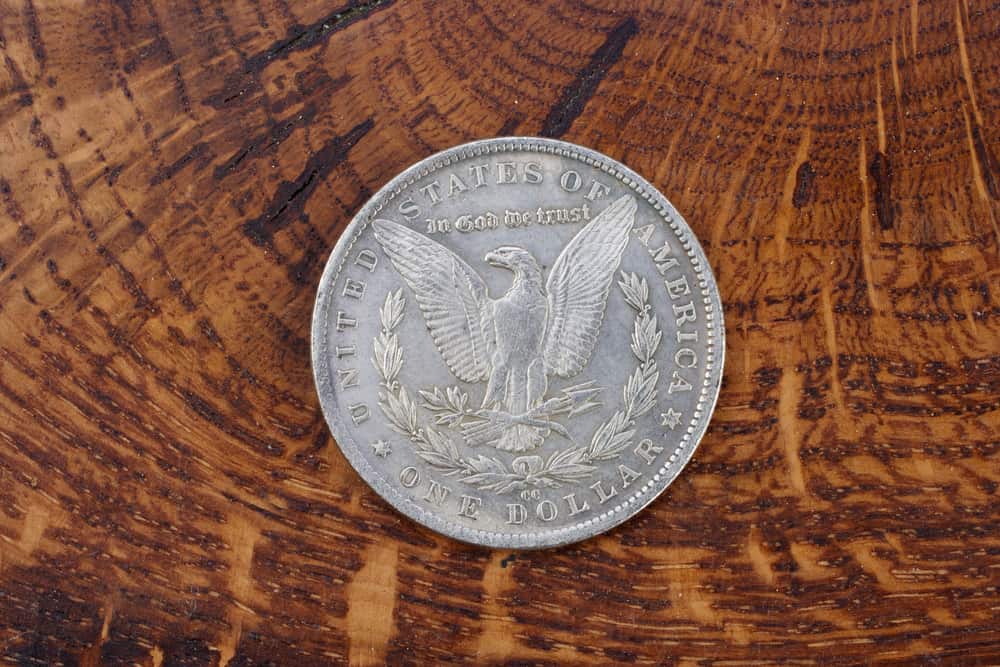

On the lapel, the American eagle holds the arrows of war and an olive branch, a symbol of peace. On the coin, she wears wheat and cotton in her hair, as well as the liberty cap, symbols of reconciliation between the Northern and Southern states. Williams, to create the effigy of Miss Liberty. Morgan was inspired by the features of a young Philadelphia school teacher, Miss Anna W. Legend has it that British engraver George T.
#Coinage act of 1873 purpose series#
The Morgan Silver Dollar series produced in Carson City is one of the most popular and sought-after American coinage due to its aesthetic quality, exceptional condition and the fascinating political history surrounding its creation.

The GSA held seven sales between 19 that generated approximately $100 million.

Profits from the sales go to the national treasury. Minimum prices were established for each dollar, as well as quantity limits per buyer. Officials established a mail-in bid sales system. Congress finally authorized the General Services Administration (GSA) to sell stored silver dollars to the public. The historical sales of the GSA Hoard The mythical sales of the General Services Administration
#Coinage act of 1873 purpose free#
This silver certificate system was created in the United States in response to the discontent of the Free Silver movement and to reintroduce silver dollars. Until 1964, the Americans could exchange paper money against a Silver Certificate, which could then be redeemed for silver coins, like the Morgan dollar. The political and historical context of Carson City Morgan dollars Are you looking for a Carson City Morgan Dollar? Do you know its history and the reasons why this silver coin became legendary? Let’s take a look back at the political context, the creation of the Carson City mint, and the 1970s historic sales of the General Services Administration (GSA).


 0 kommentar(er)
0 kommentar(er)
